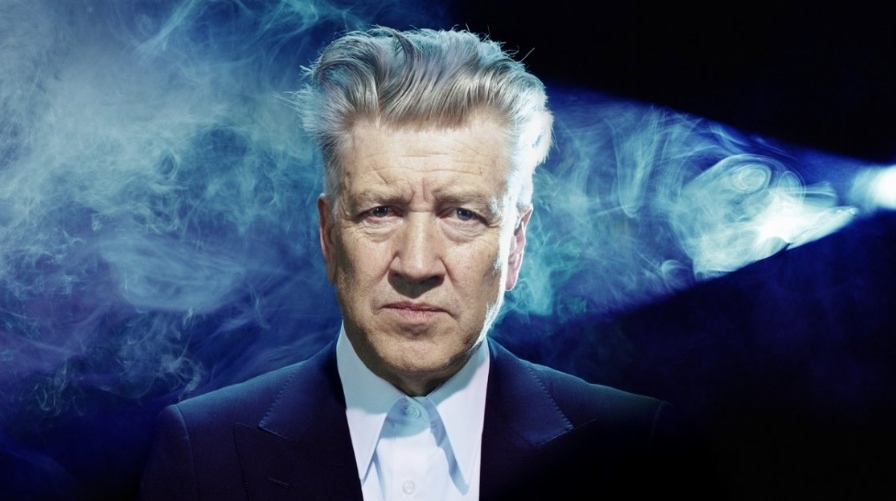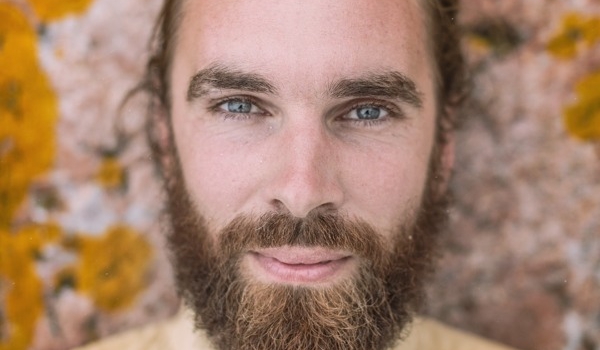We can, however, zero in on specific features, which is precisely what UK musician and director David Coulter has done with the show In Dreams: David Lynch Revisited. Following on from its launch in London last July, next week the likes of Mick Harvey, Owen Pallett, Camille O’Sullivan, Sophia Brous and Kirin J Callinan come to the Melbourne Recital Centre to delve into the music that plays a prominent role in all of Lynch’s enigmatic masterpieces.
“It’s a great thing, it was very easy to say yes to,” says Callinan. “[The performers] run the gamut from people that have had more mainstream success, some more household names, to people that are lesser stars. And then David, the director, he was in industrial bands like Test Department, then he was one of the first white guys playing the didgeridoo outside of a world music capacity in the ‘80s, and he plays the saw as well. Then he was also in The Pogues, he was the musical director for Tom Waits. To have people like Cibo Matto involved, and then have Sarah Blasko involved, it should be really interesting.”
Coulter’s decision to develop this show highlights the fact that the music from Lynch’s films has become a subject a fascination in and of itself. From the repeated use of Roy Orbison’s In Dreams in 1986’s Blue Velvet, to Angelo Badalamenti’s hyper-eerie Twin Peaks soundtrack, Lynch uses his soundtracks to manipulate the audience’s emotional responses.
“Whether it’s in a film or you’re just in the car, the soundtrack playing is going to alter your perspective and alter the way you perceive whatever you perceive,” Callinan says. “There’s a few David Lynch films that come to mind, a few great scenes, but even other filmmakers [do it too]. The Michael Haneke film Funny Games;the opening scene is set to classical musicand there’s a family driving on their way to vacation. Then the soundtrack changes to this speed/power metal, and the family’s still the happy family, smiling in the car, with this power metal thrashing along. It’s fucking awesome.
“Having a great song paired with great imagery, personally it’s my favourite way to enjoy music,” he adds. “I consume music on YouTube more than any other way these days. As a kid, I’d watch rage every weekend and I loved video clips and music together.”
It’s doesn’t require much analytical footwork to find similarities between Lynch’s oeuvre and Callinan’s own work. Depending on your mood, Callinan’s songs are liable to be interpreted as humourous, violent, hedonistic or dystopic. The same goes for his live shows and music videos.
“I’m still discovering things in my music that weren’t apparent to me either,” Callinan says. “That’s given me excitement moving forward and that affirms there’s some value in what I’m trying to do. [But] I can’t think of one pivotal moment where I thought ‘I want this to be like David Lynch… I want to make works that are dark and hysterical because of David Lynch.’ But he does that better than anyone and that is definitely a big part of my thing – this twisted sense of humour.”
Despite this, one of Lynch’s films did have an especially forceful influence on another aspect of Callinan’s personality: “Wild At Heart in particular was the one that really hit me hard,” he says. “I remember dressing like Nicolas Cage’s character, Sailor. I dressed like him, non-stop, everyday for sometime afterwards. I didn’t even smoke, I don’t think I’d ever had a cigarette before, but I went and bought a packet just to roll up under my sleeve. And he has a snakeskin jacket, a symbol of his individuality and personal freedom.”
Lynch’s films characteristically leave behind an abundance of unanswered questions, which has led people of both analytic and romantic persuasions to travel down an endless trail of meaning and hypotheses. However, when it comes to addressing these inherent mysteries, Lynch has refused to offer much in the way of explanation. This could be attributed to stubbornness, but it’s also true that whenever an artist tries to pinpoint their exact purpose, it cancels out stacks of possible interpretations.
“Not only is it maybe limiting the scope of what you do, or people’s imaginations, but it’s also just a bit gross,” Callinan says. “If you have to explain what you do, then you didn’t do it well enough in the first place. Even if it is a total mystery to everybody, that’s fine too. That’s beautiful, actually.”
Indeed, rather than attempting to provide definitive clues, In Dreams: David Lynch Revisited is set to prolong the Lynchian fascination ever further. “I think the music in Lynch’s films is impeccable and it’s a great lineup of people,” Callinan agrees. “I think it’s going to be great. I’m excited to be part of it.”
BY AUGUSTUS WELBY







